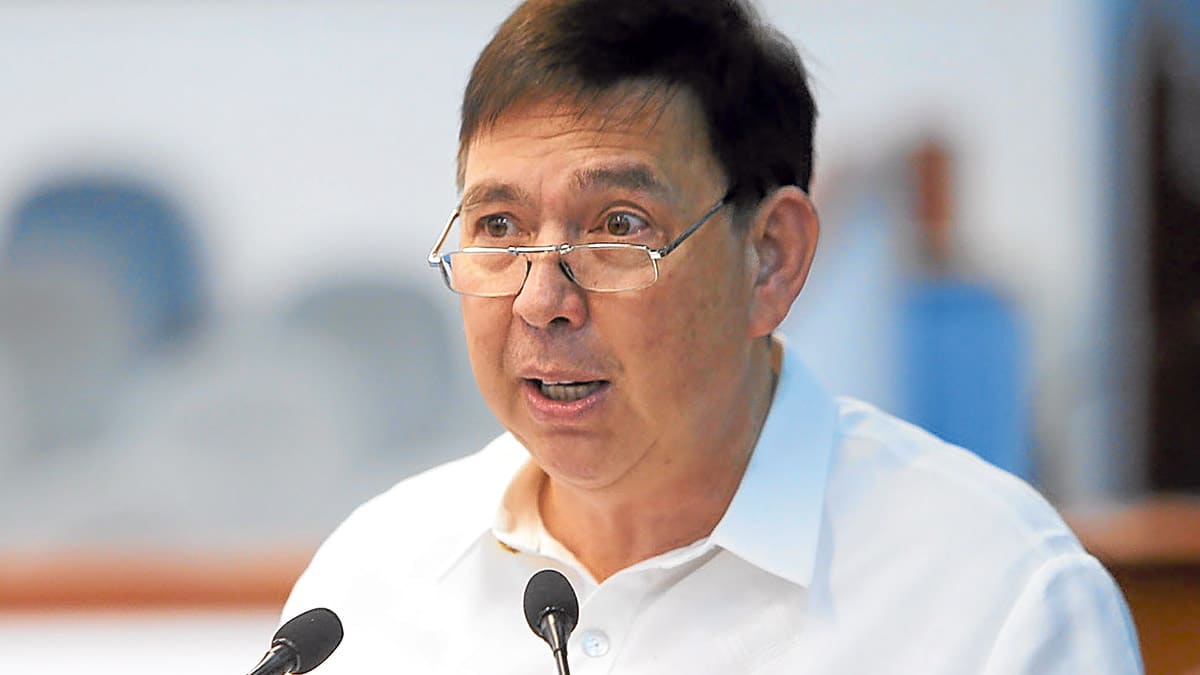New high: Gov’t debt stock hits P16-trillion mark
The total outstanding debt of the government crossed the P16-trillion mark in October, equivalent to about 60.3 percent of the local economy, as a weak currency bloated the peso value of foreign liabilities.
Latest data from the Bureau of the Treasury (BTr) showed that state obligations had risen by 0.8 percent month-on-month to P16.02 trillion, a new record-high. Since the beginning of the year, debts have piled up by 9.6 percent or P1.4 trillion.
The BTr attributed the increase to the peso’s depreciation against the US dollar. Figures showed the local currency had weakened by 3.89 percent month-on-month in October.
READ: Philippines’ debt service falls to P93.6 billion in September 2024
More volatility was seen in November as the peso revisited record-low 59 against the greenback twice last month.
Article continues after this advertisementThat, in turn, pushed up the peso value of external debts to P5.13 trillion, higher by 3.5 percent compared with the preceding month and accounting for 32.02 percent of the total debt stock.
Article continues after this advertisementThe Treasury said the impact of peso slump had increased offshore debts by P193 billion, which, however, was tempered by the effect of favorable third-currency movements relative to the US dollar amounting to P40.1 billion.
Year-to-date, foreign obligations went up by 11.6 percent or P532.08 billion.
Domestic debt stock
Meanwhile, domestic borrowings, which cornered the bulk of the total debt pile, went down by 0.4 percent to P10.89 trillion as the government paid P52.65 billion more than it borrowed to local creditors during the month.
The net redemption of government securities, however, was partially offset by the P6.23-billion increase in the peso value of US dollar-denominated domestic debts.
So far this year, onshore obligations have risen by 8.7 percent or P871.91 billion.
‘A’ credit rating dream
For 2024, the fiscal management team led by Finance Secretary Ralph Recto has set a P2.57-trillion borrowing program to bridge a budget deficit that is capped at P1.5 trillion, or equivalent to 5.7 percent of gross domestic product.
Figures from the Treasury showed the 10-month fiscal gap at P963.9 billion, accounting for 64.94 percent of the deficit limit of the Marcos administration, which is aspiring for an upgrade to “A” credit rating in the coming years.
As a share of the economy, the BTr said the budget shortfall in the first three quarters of the year had stood at a “manageable” level of 5.14 percent, albeit still far from the prepandemic ratio of 3.38 percent back in 2019. INQ
